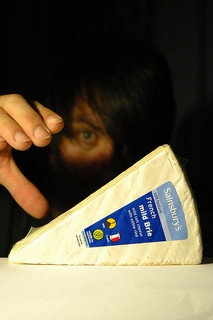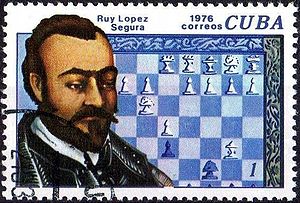Groundsman Willie’s famous jibe seems to have entered the common vernacular. This image is used under Creative Commons terms and is sourced from xJason.Rogersx Flickr photo stream
Bonjoooouur, ya cheese-eatin’ surrender monkeys!
– Groundsman Willie, The Simpsons, 1995
What possible reason could there be I hear you ask for starting this post with such an overt show of anti-Gallic sentiment? Well, by now, long standing readers of these pages will be only too familiar with my annual habit of celebrating the English victory at the Battle of Agincourt on the 25th of October 1415. This year is the 598th anniversary (whatever will I do when 600 comes up!?) and so, once I again, I’d like to pluck a recent morsel from my ‘giving-the-frog-a-damned-sound-pasting’ database for you to enjoy (or bemoan as is your right!)
This game was played fairly recently in a Chess.com French Thematic Tournament and it’s significant because I think this is about the furthest I’ve ever been into book in any game I’ve ever played. As far as I can gather the first new move in this encounter was Black’s 29th! I’ve chosen not regale you all once more with the theoretical ideas behind the opening phase because I’ve published quite a few games in this line that you can take a look at if you’re interested.
Anyway, I hope you’ll enjoy this game and, if you fancy an overdose of jingoistic Agincourt celebrations, then you’ll be delighted to hear that I’ve posted another thrashing of the French on the Yorkshire Chess website — though you’ll be relieved to hear that that one is in a different line of the Tarrasch Variation and it’s not one of my games!



